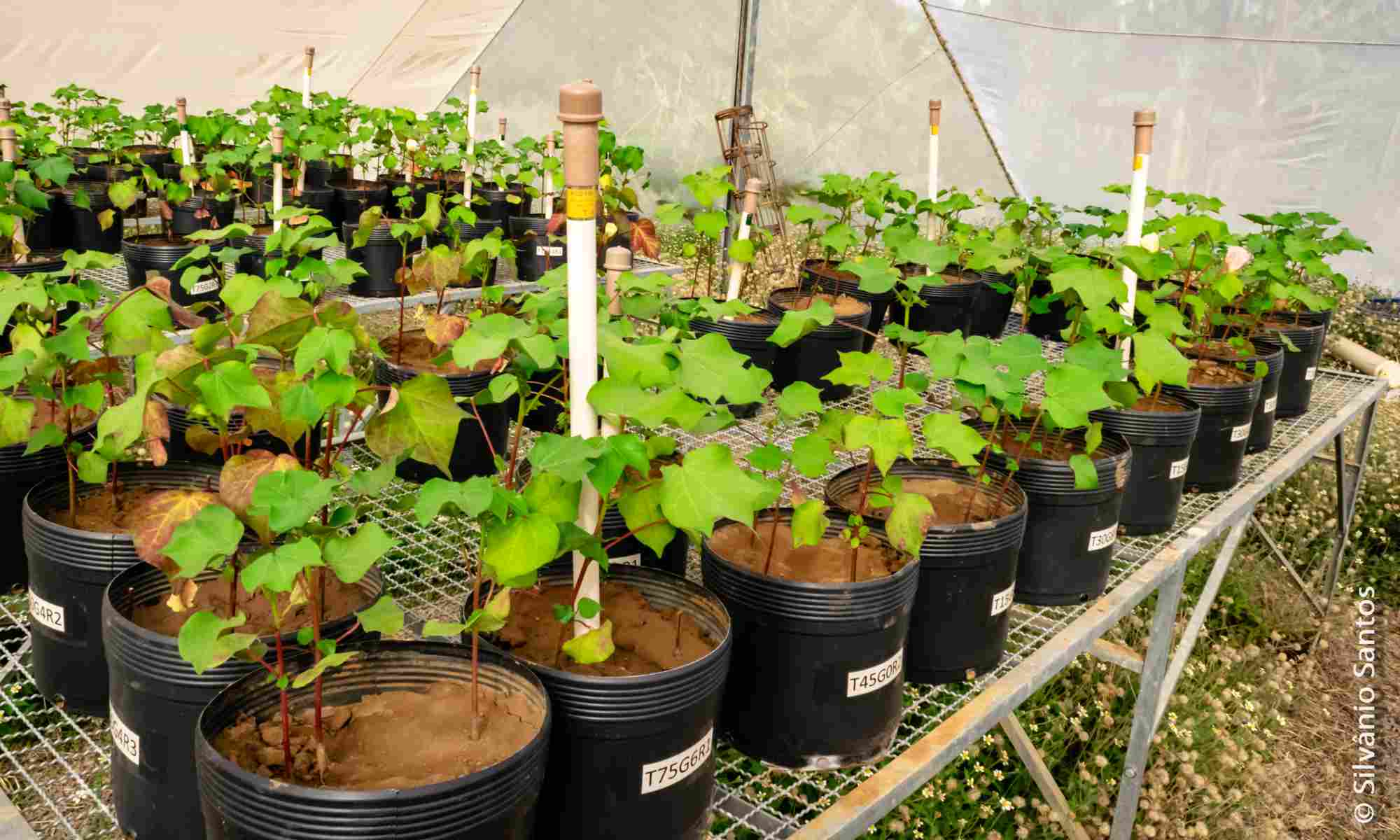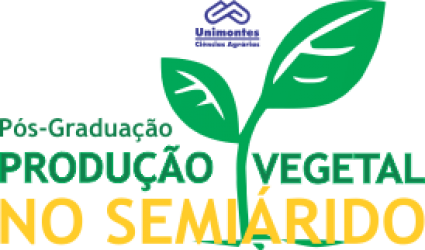- Version
- Download 6
- Tamanho do Arquivo 2.28 MB
- Data de Criação 14/06/2021
- Download
OLIVEIRA, Patrícia Cristina do Carmo. Parasitismo de Ceratitis capitata por Diachasmimorpha longicaudata e sua dispersão em cultivos de fruteiras no semiárido. 2019. 76 p. Tese (Doutorado em Produção Vegetal no Semiárido) – Universidade Estadual de Montes Claros, Janaúba, 2019.
Diachasmimorpha longicaudata (Ashmead) (Hymenoptera: Braconidae) é um dos mais importantes agentes biológicos no controle de moscas-das-frutas em vários países. No Brasil, existem poucas informações sobre o seu comportamento em campo, principalmente, em ambientes extremos, como é o caso das regiões quentes e secas do Nordeste brasileiro. Este estudo teve por objetivo avaliar a capacidade de busca e parasitismo em larvas de Ceratitis capitata por D. longicaudata em frutos de acerola e manga, além de estudar o padrão de dispersão e sobrevivência do parasitoide após ser liberado nos pomares destes frutos nas condições do semiárido. Liberações de D. longicaudata foram realizadas em pomares de acerola e manga, em fase de frutificação, situados em Petrolina, PE. Inicialmente, foram liberados 800 parasitoides em três pomares de cada uma destas fruteiras. Vinte e quatro e 48 horas depois, os frutos foram coletados, pesados e armazenados em laboratório. Os insetos emergidos dos frutos foram contabilizados e os parasitoides identificados. Para avaliar a dispersão e a sobrevivência do parasitoide após a liberação foram selecionados dois pomares, um de acerola e outro de manga, cada um com cerca de 5,5 hectare. Em cada pomar, foram demarcados raios concêntricos que variaram de 14m a 135m de distância do ponto de liberação no pomar de acerola e 10m a 150m em manga. Totalizaram-se oito raios e 61 pontos em pomar de acerola e nove raios e 51 pontos em pomar de manga. Em cada ponto de monitoramento, larvas de terceiro instar de Ceratitis capitata (Wied.) (Diptera: Tephritidae) foram oferecidas como hospedeiras por meio de armadilhas sentinela que foram penduradas nas árvores e permaneceram por 24 h no campo, sendo substituídas por novas que também permaneceram por mais 24 h. Foram realizadas avaliações no 1º 2º, 3º, 8º e 15º dia após a liberação. Foi avaliado o número de parasitoides recuperados nos frutos de acerola e manga, a porcentagem de parasitismo nos diferentes raios e no tempo, os efeitos dos fatores abióticos sobre a dispersão do parasitoide, a direção que ele tomou da dispersão, a distância média de dispersão (DM) percorrida e a área que ele se dispersou (S 2 ). As fêmeas de D. longicaudata parasitaram as larvas de C. capitata em frutos de acerola e manga nas 24 e 48 horas após as liberações. As fêmeas liberadas sobreviveram e parasitaram as larvas de C. capitata nas armadilhas sentinela por até oito dias após as liberações realizadas no pomar de manga e por 15 dias no pomar de acerola. Nos dois pomares foi constatado maior parasitismo nos primeiros três dias após as liberações. Nas armadilhas sentinela, o parasitismo em manga foi maior que em acerola no primeiro raio, cerca de 10 metros do ponto de liberação, mas as fêmeas parasitaram em distâncias maiores em pomar de acerola. Em acerola, as fêmeas já tinham coberto uma área de dispersão de quase 10.000 m2 ,no segundo dia após a liberação. No pomar de manga as fêmeas atingiram uma distância máxima de 70 m e cobriram uma área de dispersão de quase 0,5 ha, no oitavo dia após a liberação. Os parasitoides se dispersaram para a direção sudeste no pomar de acerola e, de forma aleatória, em cinco direções, no pomar de manga. Os parasitoides parasitaram mais com o aumento da amplitude térmica e quando o vento estava em uma velocidade menor. Diachasmimorpha longicaudata é capaz de parasitar larvas da mosca-das-frutas, C. capitata, que estão infestando frutos de acerola e manga, sobreviver por mais de oito dias e se dispersar após ser liberado em pomares destas fruteiras cultivadas na região semiárida de Pernambuco, Brasil.
Palavras-chave: Controle biológico, moscas-das-frutas, dispersão do parasitoide, sobrevivência do inimigo natural.
Parasitism of Ceratitis capitata by Diachasmimorpha longicaudata and its dispersal in fruit crops in the semiarid
Diachasmimorpha longicaudata (Ashmead) (Hymenoptera: Braconidae) is one of the most important biological agents in the control of fruit flies in several countries. In Brazil, there is little information about their behavior in the field, especially in extreme environments, as is the case in the hot and dry regions of Northeast Brazil. This study aimed to evaluate the ability to search and parasitize in Ceratitis capitata (Wied.) (Diptera: Tephritidae) larvae by D. longicaudata in barbados cherry and mango fruits, in addition to studying the pattern of dispersion and survival of the parasitoid after being released into the orchards of these fruits under the conditions of the semiarid region. D. longicaudata releases were carried out in barbados cherry and mango orchards, in the fruiting stage, located in Petrolina, PE. Initially, 800 parasitoids were released in three orchards in each of these fruit trees. Twenty-four and 48 hours later, the fruits were collected, weighed and stored in the laboratory. The insects emerged from the fruits were counted and the parasitoids were identified. To assess the dispersion and survival of the parasitoid after release, two orchards, one of barbados cherry and one of mango, were selected, each with about 5.5 hectares. In each orchard, concentric radii ranging from 14m to 135m away from the release point in the barbados cherry orchard and 10m to 150m in mango were demarcated. There were eight rays and 61 points in barbados cherry orchard and nine rays and 51 points in mango orchard. At each monitoring point, third instar larvae of C. capitata (Wied.) were offered as hosts by means of sentinel traps that were hung from the trees and remained for 24 h in the field, being replaced by new ones that also remained for another 24 h. Assessments were performed on the 1st, 2nd, 3rd, 8th and 15th day after release. The number of parasitoids recovered from the barbados cherry and mango fruits, the percentage of parasitism in the different rays and in time, the effects of abiotic factors on the dispersion of the parasitoid, the direction it took from the dispersion, the average distance of dispersion (DM) were evaluated. covered and the area it has dispersed (S2). The females of D. longicaudata parasitized the larvae of C. capitata in barbados cherry and mango fruits at 24 and 48 hours after release. The released females survived and parasitized the larvae of C. capitata in the sentinel traps for up to eight days after the releases carried out in the mango orchard and for 15 days in the barbados cherry orchard. In both orchards, greater parasitism was found in the first three days after the releases. In sentinel traps, parasitism in mango was greater than in barbados cherry in the first radius, about 10 meters from the point of release, but females parasitized over greater distances in barbados cherry orchard. In barbados cherry, the females had already covered a dispersion area of almost 10,000 m2, on the second day after release. In the mango orchard, the females reached a maximum distance of 70 m and covered an area of dispersion of almost 0.5 ha, on the eighth day after release. The parasitoids dispersed to the southeast direction in the barbados cherry orchard and, randomly, in five directions, in the mango orchard. Parasitoids parasitized more with increasing thermal amplitude and when the wind was at a lower speed. Diachasmimorpha longicaudata is able to parasitize fruit fly larvae, C. capitata, which are infesting barbados cherry and mango fruits, survive for more than eight days and disperse after being released into orchards of these fruit trees grown in the semiarid region of Pernambuco, Brazil.
Keywords: Fruit fly, dispersal area, survival, biological control

